The future is full of all-new EVs. Here’s what to expect in the coming years.


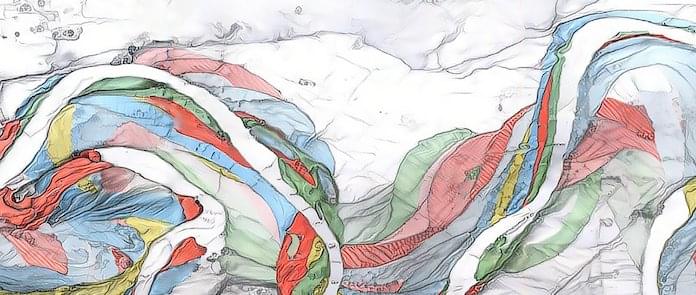
This is a low-effort post. I mostly want to get other people’s takes and express concern about the lack of detailed and publicly available plans so far. This post reflects my personal opinion and not necessarily that of other members of Apollo Research. I’d like to thank Ryan Greenblatt, Bronson Schoen, Josh Clymer, Buck Shlegeris, Dan Braun, Mikita Balesni, Jérémy Scheurer, and Cody Rushing for comments and discussion.
I think short timelines, e.g. AIs that can replace a top researcher at an AGI lab without losses in capabilities by 2027, are plausible. Some people have posted ideas on what a reasonable plan to reduce AI risk for such timelines might look like (e.g. Sam Bowman’s checklist, or Holden Karnofsky’s list in his 2022 nearcast), but I find them insufficient for the magnitude of the stakes (to be clear, I don’t think these example lists were intended to be an extensive plan).
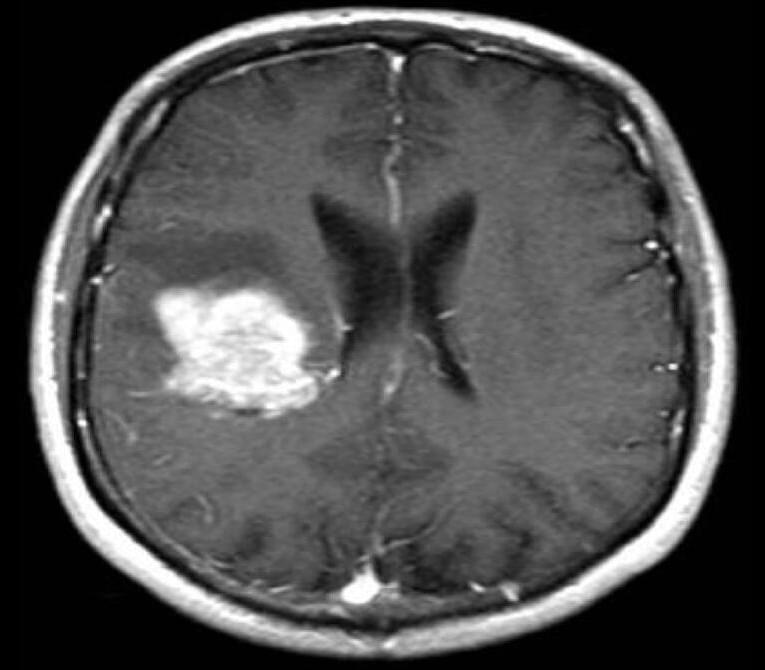
Chinese scientists have found a common hypertension drug could prove potent in treating a rare but highly invasive brain tumour.
Although craniopharyngioma is a benign tumour, it can cause complications due to its growth along the critical nerve structures of the brain close to the hypothalamus and the pituitary gland.
Given its location, the tumour can cause hormone dysfunction and metabolic disorders, like obesity, diabetes and hypothyroidism.
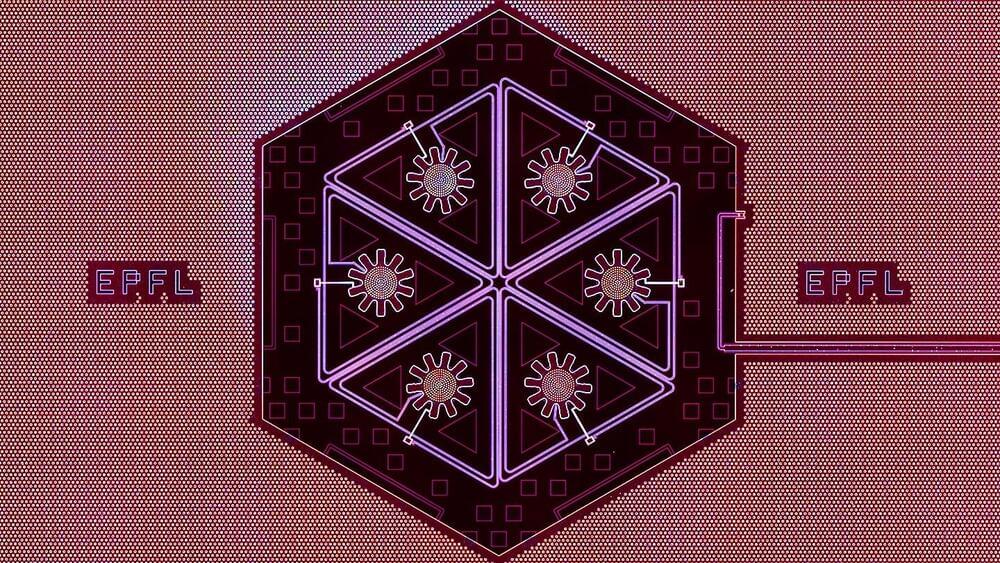
Scientists at EPFL achieved a breakthrough by synchronizing six mechanical oscillators into a collective quantum state, enabling observations of unique phenomena like quantum sideband asymmetry. This advance paves the way for innovations in quantum computing and sensing.
Quantum technologies are revolutionizing our understanding of the universe, and one promising area involves macroscopic mechanical oscillators. These devices, already integral to quartz watches, mobile phones, and telecommunications lasers, could play a transformative role in the quantum realm. At the quantum scale, macroscopic oscillators have the potential to enable ultra-sensitive sensors and advanced components for quantum computing, unlocking groundbreaking innovations across multiple industries.
Achieving control over mechanical oscillators at the quantum level is a critical step toward realizing these future technologies. However, managing them collectively poses significant challenges, as it demands nearly identical units with exceptional precision.

Albert Einstein’s theory of general relativity has revolutionized our understanding of gravity and the universe. However, it leaves some unanswered questions, particularly about singularities and black holes.
Recent studies suggest quantum mechanics could help resolve these mysteries and offer new insights into the fundamental nature of space-time and black holes.
General relativity is a theory developed by Albert Einstein to explain how gravity works.
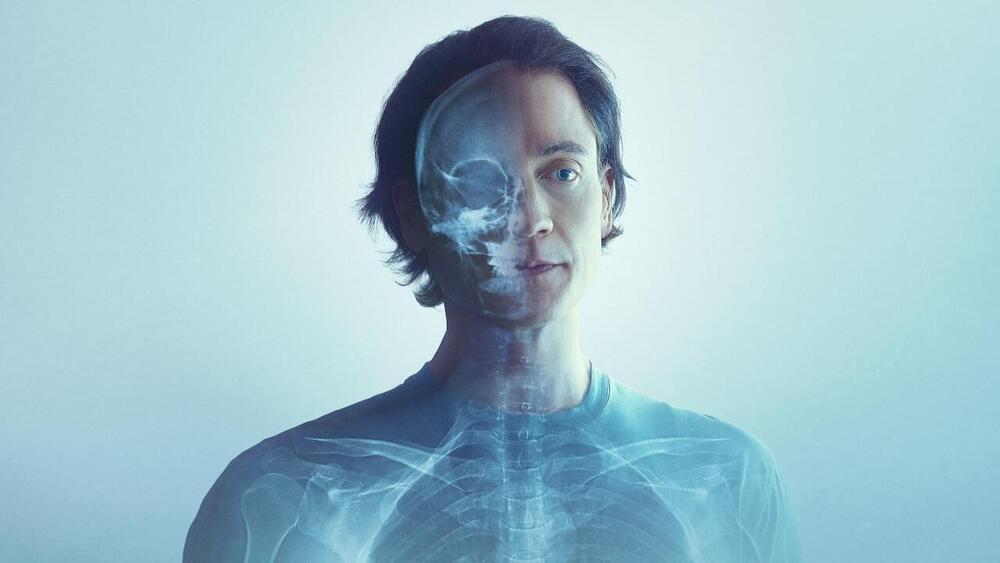
Summary: Time perception varies depending on context, often slowing in emergencies or unfamiliar settings and speeding up during absorption or as we age. Time expansion experiences (Tees) occur when seconds stretch into minutes, frequently in accidents, sports, or moments of calm. These experiences, often tied to altered states of consciousness, allow people to process more information and act decisively.
While theories link Tees to noradrenaline release or evolutionary adaptation, their occurrence in peaceful states suggests a deeper connection to changes in self-perception and awareness. Understanding Tees could offer insights into human cognition and survival mechanisms.
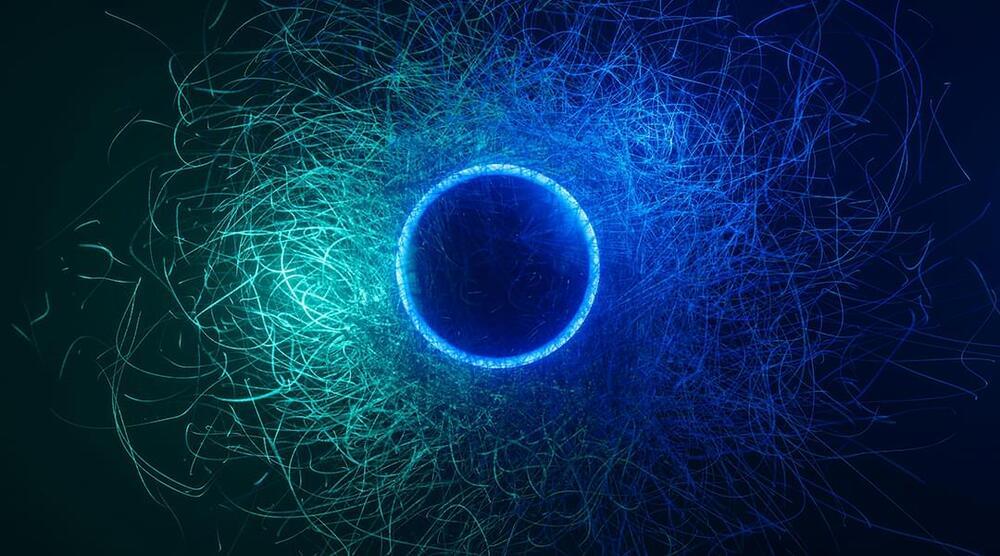
A new study explores tetraquarks, predicts new exotic particles, and offers deeper insights into their complex structure and behavior.
A new study offers significant advancements in the understanding of tetraquarks — a rare and complex type of particle.
By developing a new approach that combines advanced mathematical methods with a simpler model of how particles interact, the researchers have made important discoveries about the inner structure and mass of these particles.
Black holes are objects of mystery and dread from which nothing can escape… but could they also be the foundations of future civilizations of unimaginable might and size.
Watch my exclusive video Topopolis: The Eternal River: https://nebula.tv/videos/isaacarthur–…
Get Nebula using my link for 40% off an annual subscription: https://go.nebula.tv/isaacarthur.
Join this channel to get access to perks:
/ @isaacarthursfia.
Visit our Website: http://www.isaacarthur.net.
Join Nebula: https://go.nebula.tv/isaacarthur.
Support us on Patreon: / isaacarthur.
Support us on Subscribestar: https://www.subscribestar.com/isaac-a…
Facebook Group: / 1583992725237264
Reddit: / isaacarthur.
Twitter: / isaac_a_arthur on Twitter and RT our future content.
SFIA Discord Server: / discord.
Credits:
Quasar Cannons \& Black Hole Tech.
Episode 434; February 15, 2024
Produced, Written \& Narrated by: Isaac Arthur.
Graphics:
Bryan Versteeg.
Fishy Tree.
Jakub Grygier.
Jeremy Jozwik.
Ken York.
Luca De Rosa.
Sergio Botero.
SpaceResourcesCGI
Music Courtesy of:
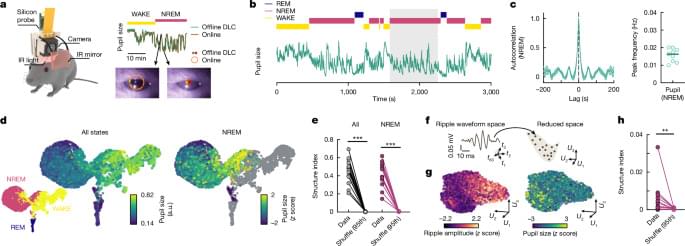
How sleep microstructure organizes memory replay.
T occur in isolation; older memories are also replayed during sleep, raising an intriguing challenge: how does the brain avoid interference between fragile new memories and stable old ones?” + To explore this question, researchers developed a groundbreaking method to study both hippocampal activity and sleep dynamics simultaneously in naturally sleeping mice. Using a technique called pupillometry, which measures oscillatory changes in pupil size, they uncovered a previously unknown “microstructure” within non-REM sleep that helps the brain manage memory replay.
They discovered that memory replay is organized into distinct substates of non-REM sleep:
1. Contracted pupil substates: During these phases, the hippocampus predominantly replays new memories. This activity is associated with sharp-wave ripples—brief bursts of electrical activity critical for memory consolidation—and strong excitatory inputs from external sources.
2. Dilated pupil substates: In contrast, older memories are reactivated during these phases, characterized by increased local inhibitory activity, which helps maintain stability and prevent interference.
To test the importance of these substates, the researchers disrupted sharp-wave ripples during contracted pupil substates using a closed-loop system. This interference impaired the recall of recent memories but had no effect when applied during dilated pupil substates, confirming that these phases serve different purposes in memory processing.
This study reveals that the brain uses the microstructure of non-REM sleep to segregate and organize memory replay, ensuring that new and old memories are handled in distinct time windows. By multiplexing these processes, the brain supports continuous learning and prevents the chaos of memory interference. This discovery not only deepens our understanding of sleep but also highlights its pivotal role in making learning and memory seamless.